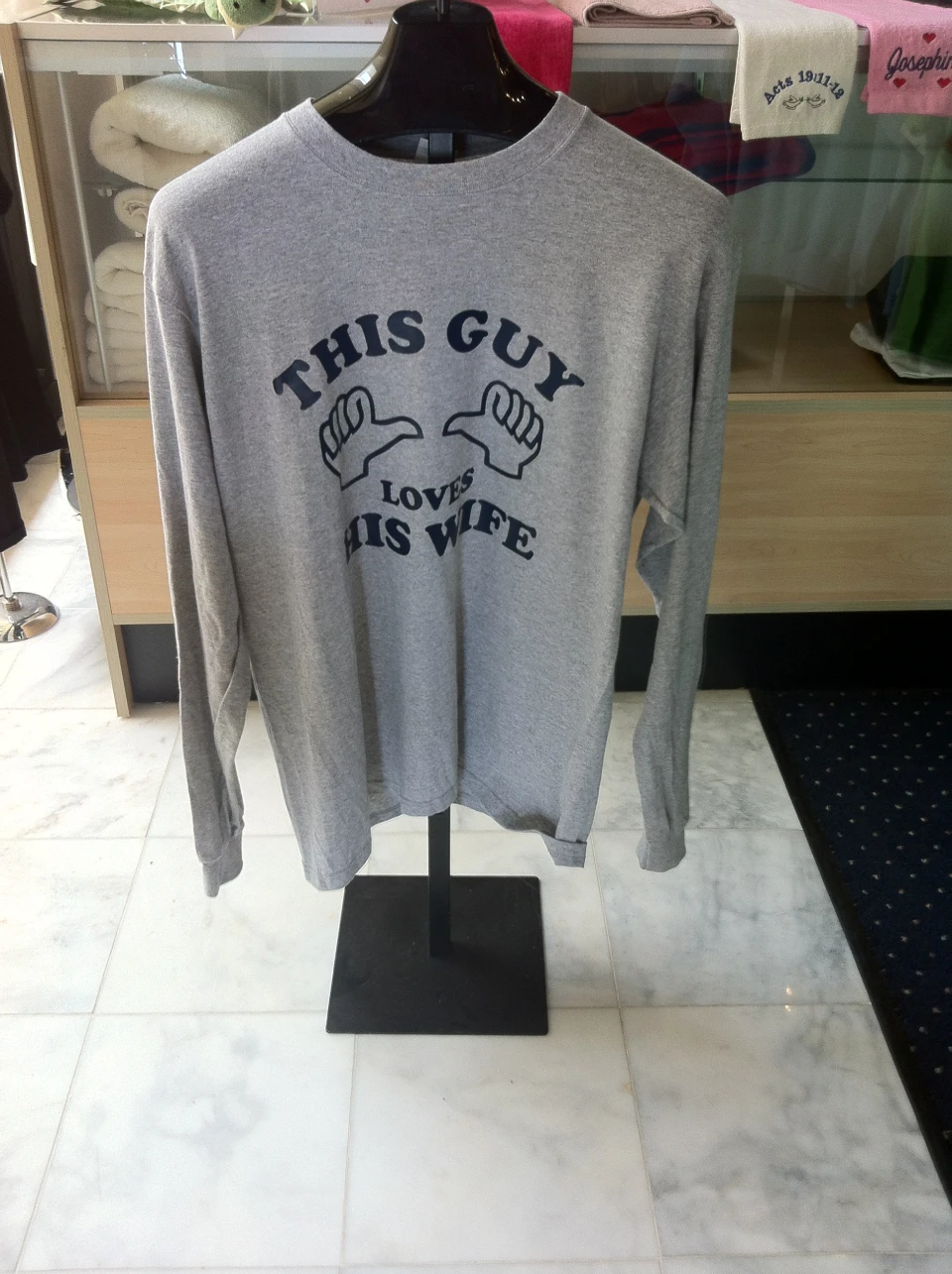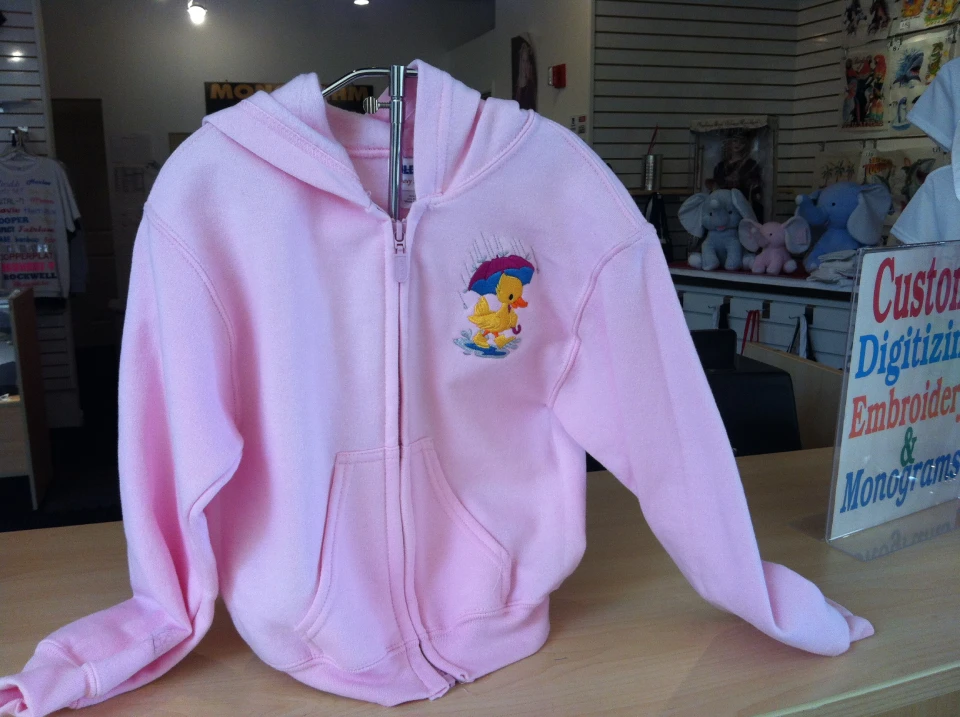The Art of Custom-made Needlework: Opening the Keys to Creating Unique and Memorable Layouts
Needlework, a craft soaked in tradition and creativity, holds within its detailed stitches the power to change textile right into a canvas of unique expression. The secrets to creating customized embroidery designs that captivate the eye and leave a lasting impact depend on a delicate equilibrium of method, creative thinking, and focus to detail. As we look into the world of customized embroidery, we uncover the nuanced interplay in between thread option, stitch complexity, and style personalization that elevates a mere garment to a masterpiece. Join us on a journey through the art of personalized needlework as we unravel the mysteries behind crafting really remarkable and unique productions.
Selecting the Right Embroidery Threads
When selecting embroidery strings, what crucial elements should you consider to guarantee the ideal outcomes for your personalized layouts? The choice of needlework thread is essential in establishing the final outcome of your stitched style. One of the main factors to consider is the material of the thread. Various products such as cotton, polyester, rayon, and silk provide differing degrees of sheen, sturdiness, and texture. It is vital to pick a thread product that enhances the fabric you are stitching on and aligns with the preferred appearance of the style.
Thicker strings can add measurement and structure to your design, while finer threads are perfect for detailed details and little message. In addition, taking into consideration the color fastness and washability of the thread is critical to guarantee that your personalized styles preserve their high quality and vibrancy over time.
Discovering Various Stitch Methods
To explore the realm of 'Checking out Various Stitch Strategies', one need to realize the intricacies and subtleties that each sewing approach brings to the art of needlework. Different stitch strategies not just include aesthetic interest but likewise add to the total appearance and measurement of the style. One preferred stitch strategy is the satin stitch, which includes very closely stuffed parallel stitches to develop a smooth and shiny surface, perfect for filling out forms and developing bold lays out.
On the other hand, the backstitch is a versatile technique frequently utilized for describing and adding fine details. It involves sewing in reverse to produce a strong line of embroidery. Additionally, the French knot stitch adds a responsive aspect to designs, ideal for creating distinctive accents like flower centers or ornamental touches.
Discovering various stitch methods allows embroiderers to have fun with light, shadow, and deepness within their styles, elevating the visual appeal and creative quality of their embroidery tasks. By grasping different sewing methods, one can open endless opportunities for developing distinct and memorable personalized embroidery pieces.
Incorporating Personalized Style Aspects
Having actually explored the details of various stitch methods such as the satin stitch, backstitch, and French knot, the focus currently changes towards including tailored style components in custom-made needlework jobs. Individualized layout elements play an important duty in making embroidery jobs truly unique and remarkable.
One more means to incorporate personalized design aspects is by consisting of symbols or concepts that hold unique meaning to the recipient or show their interests and character. For instance, including a favorite flower, pet, or hobby-related icon can make the needlework design more meaningful and customized. Furthermore, picking colors that reverberate with the recipient or straighten with the desired style can even more enhance the customization of the embroidery project.
Understanding the Art of Shade Sychronisation

One trick facet of shade control is understanding color theory. This includes knowing exactly how different colors communicate with each other, the emotions they convey, and how they can be integrated to create visually appealing designs. By applying shade concept concepts, embroiderers can develop harmonious color schemes that enhance the general appearance of the design.
Furthermore, taking notice of comparison is critical in shade control. Making use of contrasting shades can aid certain elements of the design pop, boost clarity, and create an aesthetically dynamic embroidery item. By understanding the art of color sychronisation, embroiderers can elevate their layouts and produce memorable items that resonate with customers and audiences alike.
Enhancing Structure With Advanced Embroidery Stitches

French knots, for instance, are perfect for including small, elevated dots to your layout, simulating the look of beads or creating a textured surface area. Bullion knots, on the various other hand, can be used to produce twisted, ropelike components that add an extravagant feel to the needlework. Seed stitching entails small, scattered stitches that can complete areas with a speckled structure, while turkey work develops fluffy, dimensional accents reminiscent of animal fur or foliage. Explore these sophisticated needlework stitches permits you to push the boundaries of typical embroidery and create absolutely distinct and aesthetically enticing textures click for source in your designs.
Conclusion
To conclude, the art of custom embroidery includes a combination of selecting the best threads, exploring various stitch strategies, incorporating tailored layout aspects, understanding color coordination, and enhancing structure with sophisticated stitches. By understanding and implementing these vital elements, embroiderers can create one-of-a-kind and unforgettable designs that display their imagination and ability. Needlework lovers can unlock the secrets to developing lovely and bespoke pieces that attract bespoke double breasted suit attention and leave an enduring impression.